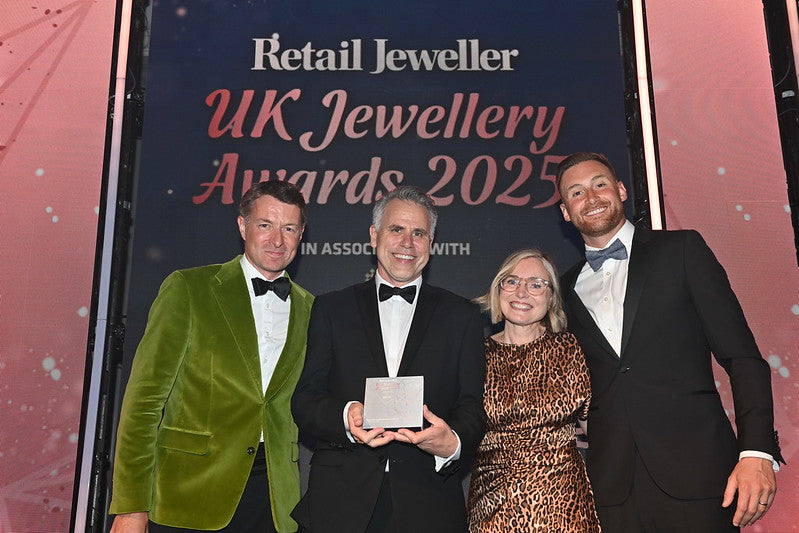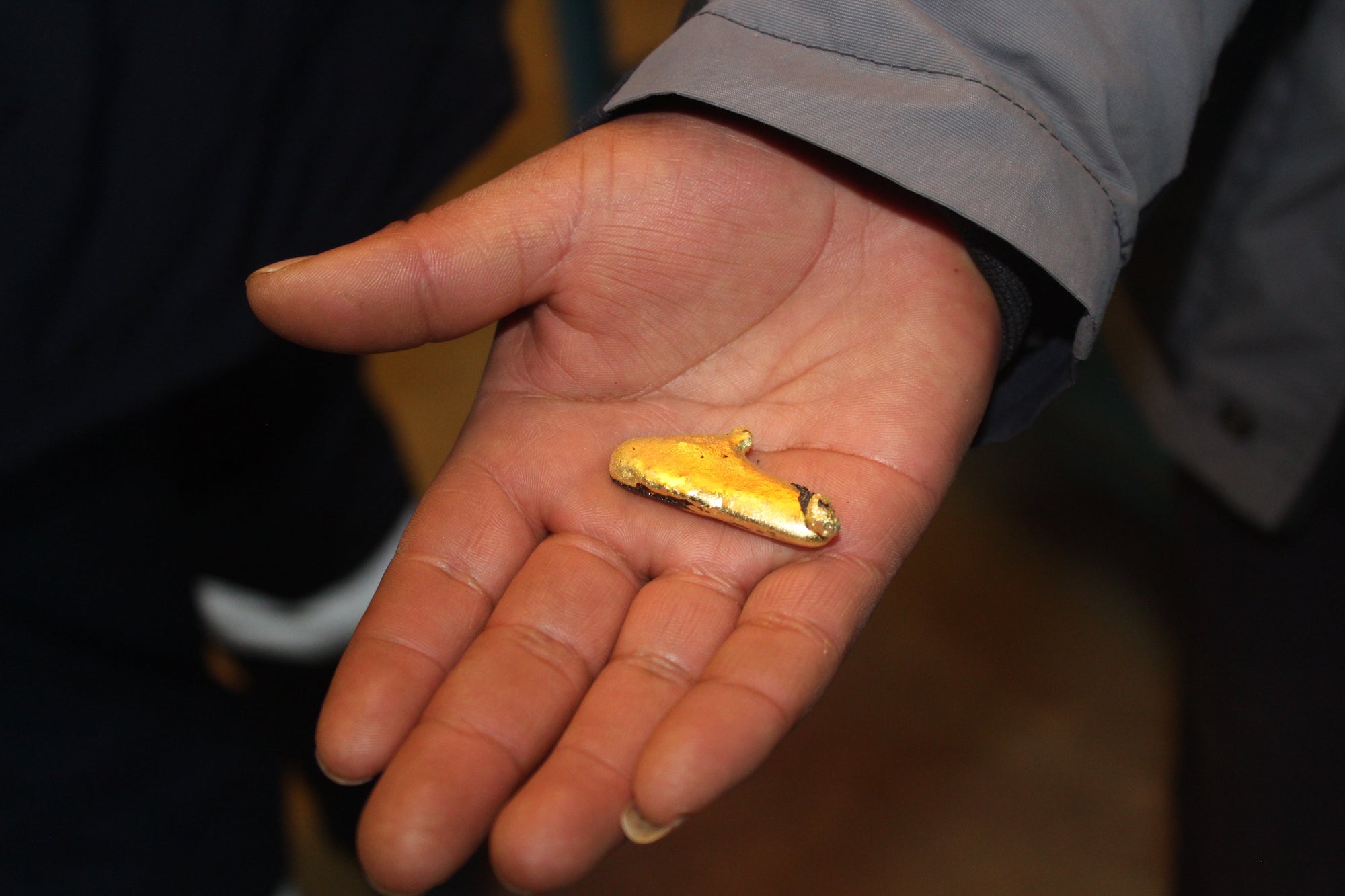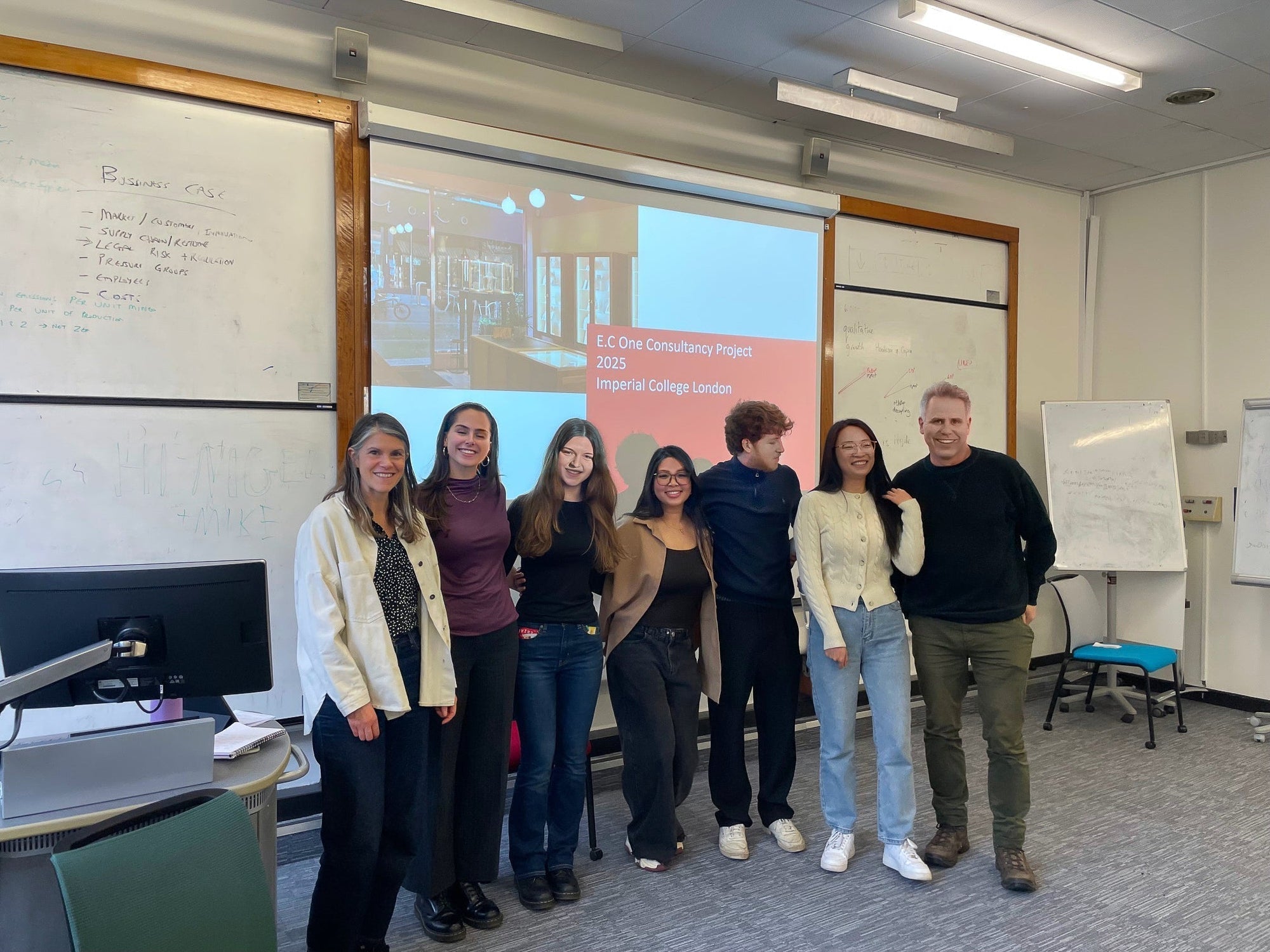Ethical Gold: A Conversation That’s Long Overdue
Reflections from Creative Links at the Goldsmiths’ Centre
Earlier this week, we welcomed friends, colleagues, and new faces to the Goldsmiths’ Centre for Creative Links: Ethical Gold - an evening of conversation about one of the most enduring, and increasingly complex, materials in our industry.
The question we posed was a simple one on the surface:
How do we make gold more ethical - for people, and for the planet?
Gold’s Origins - and Its Legacy
Gold has always fascinated us - not just because of its beauty or value, but because of its remarkable properties. It doesn’t tarnish or corrode. It lasts forever. And its origins are, quite literally, out of this world: much of the gold we use today arrived on Earth via asteroid impacts over four billion years ago.
That gold is still here. Around 220,000 tonnes above ground, and perhaps 50,000 tonnes still to be mined.
But while gold itself is unchanging, the way we extract, trade, and use it is deeply human - and far from simple.
The Human Cost of Gold
We know that mining for gold can come at a significant cost. It can displace communities, destroy habitats, pollute rivers, and contribute to carbon emissions on a scale comparable to a medium-sized country. In some cases, it has helped fuel conflict and corruption.
And yet, gold mining also sustains livelihoods. Around 20 million people globally depend on artisanal and small-scale mining - often as a matter of survival, not choice.
The question, then, isn’t just “What’s the most ethical option?” but rather:
How do we weigh up people, planet, and profit in a responsible, informed, and fair way?
Different Approaches, Shared Values
One reason for bringing this event together was to spotlight organisations and individuals trying to do just that - and to give space to a more balanced conversation about what “ethical gold” actually means.
Here’s a brief look at the approaches shared by our four speakers:
Recycled Gold
Recycled gold is often seen as the obvious ethical choice. It has a much lower carbon footprint - up to 600 times less than newly mined gold - and jewellers have long reused gold in their own practices. We don’t waste it.
But while recycled gold is good for the environment, it doesn’t necessarily support the communities currently mining for gold. And some argue it’s not truly “recycled” if the gold was never at risk of being discarded.
Gold from E-Waste: The Royal Mint
Dominic from the Royal Mint introduced a fascinating development: recovering gold from e-waste - including old phones, laptops, and circuit boards. This is gold we would otherwise throw away, and offers a real-world solution for reducing reliance on freshly mined material.
Fairtrade and Fairmined
Erin and Annabel spoke on behalf of Fairtrade and Fairmined, respectively - certification schemes focused on improving working conditions, environmental standards, and market access for artisanal miners.
These schemes help bring dignity and traceability into an often-invisible part of the supply chain. But they also face challenges around cost, consistency, and scalability.
Over ten years ago, I became the first jeweller to use Fairtrade/Fairmined-certified gold - and I’m proud to say it’s the gold in my own wedding ring.
Single Mine Origin (SMO)
Charlie introduced SMO gold, which comes from large-scale mines with independently verified social and environmental standards. It offers full traceability and appeals to businesses looking for transparency - though it still involves new mining, with all the considerations that entails.
Not a Perfect Answer - But a Better Conversation
What became clear throughout the evening is that there’s no single “right” answer - no one source of gold that perfectly ticks every ethical box. Every option comes with trade-offs. Some favour environmental impact, others prioritise human rights or economic development.
But that’s exactly why these conversations are so important. They help us move beyond slogans and assumptions - and towards better-informed decisions.
Moving Forward
If there’s one thing to take away from Creative Links: Ethical Gold, it’s this:
We need more openness - not only about where our gold comes from, but about what our choices mean. We need collaboration between those trying to do better, not competition between ethical initiatives. And we need to bring makers, miners, buyers, and policymakers into the same room - because only together can we shift the industry forward.
Whether you’re a jeweller, designer, retailer, or simply someone who wears gold, we all have a role to play.



